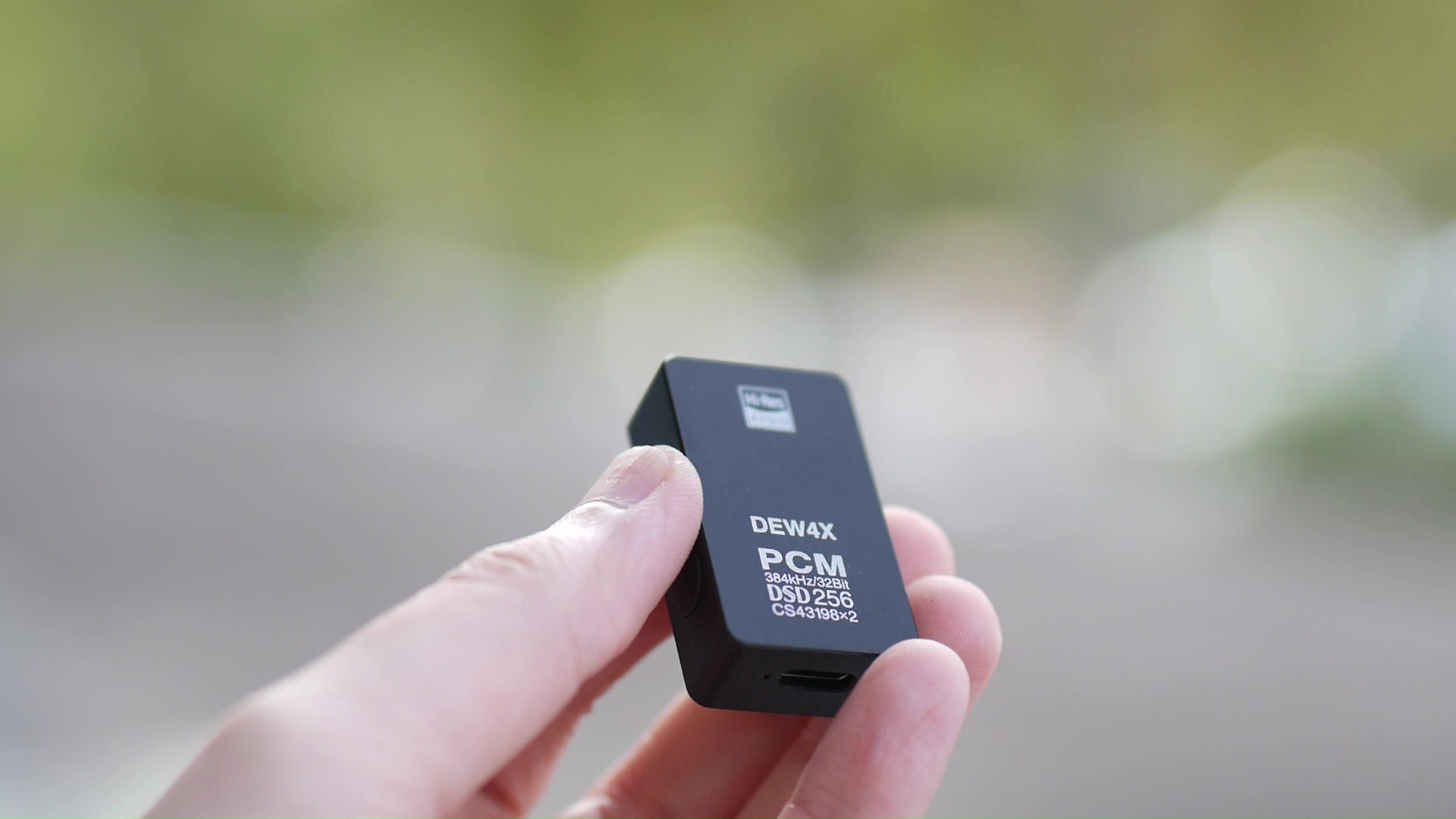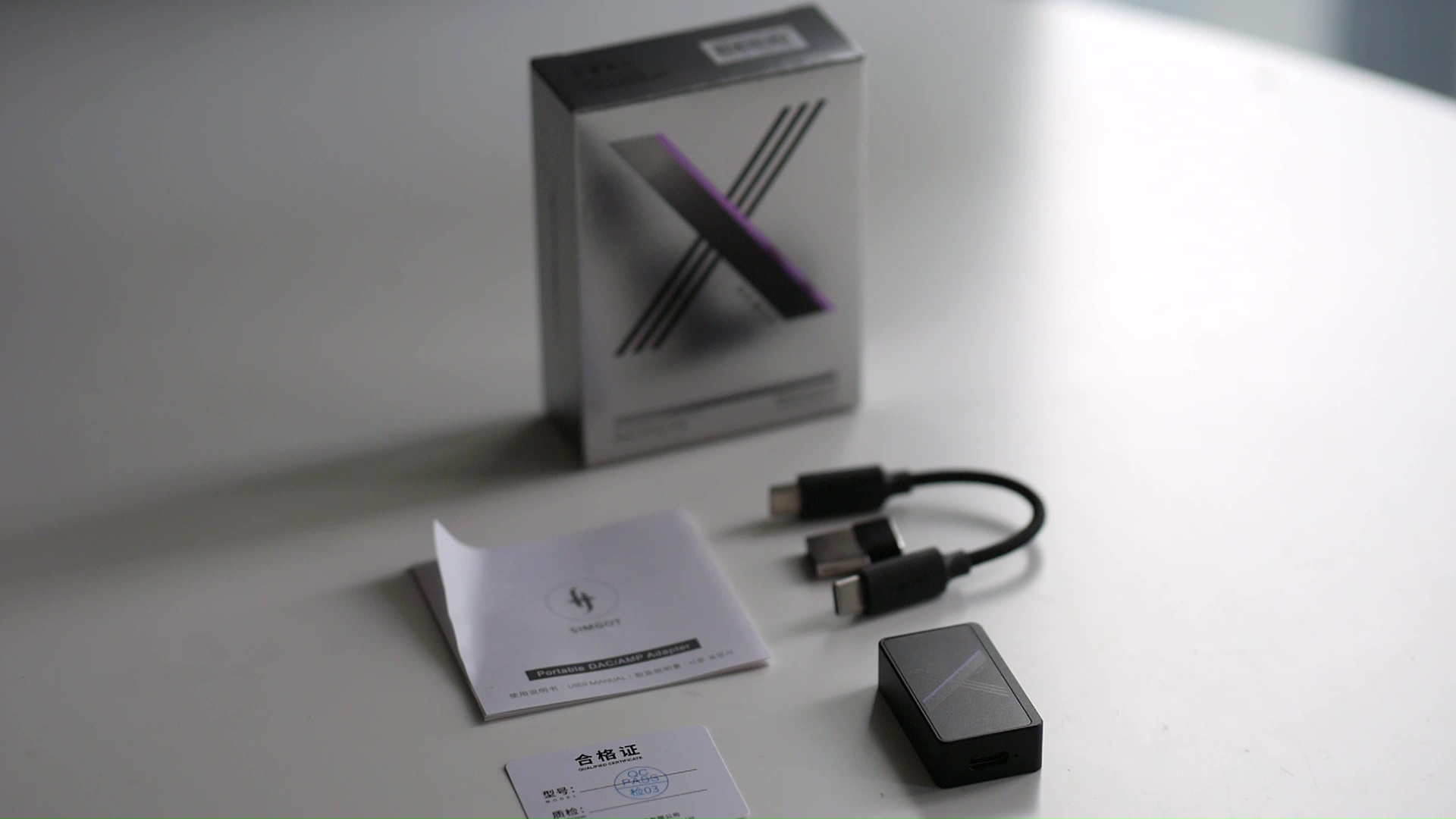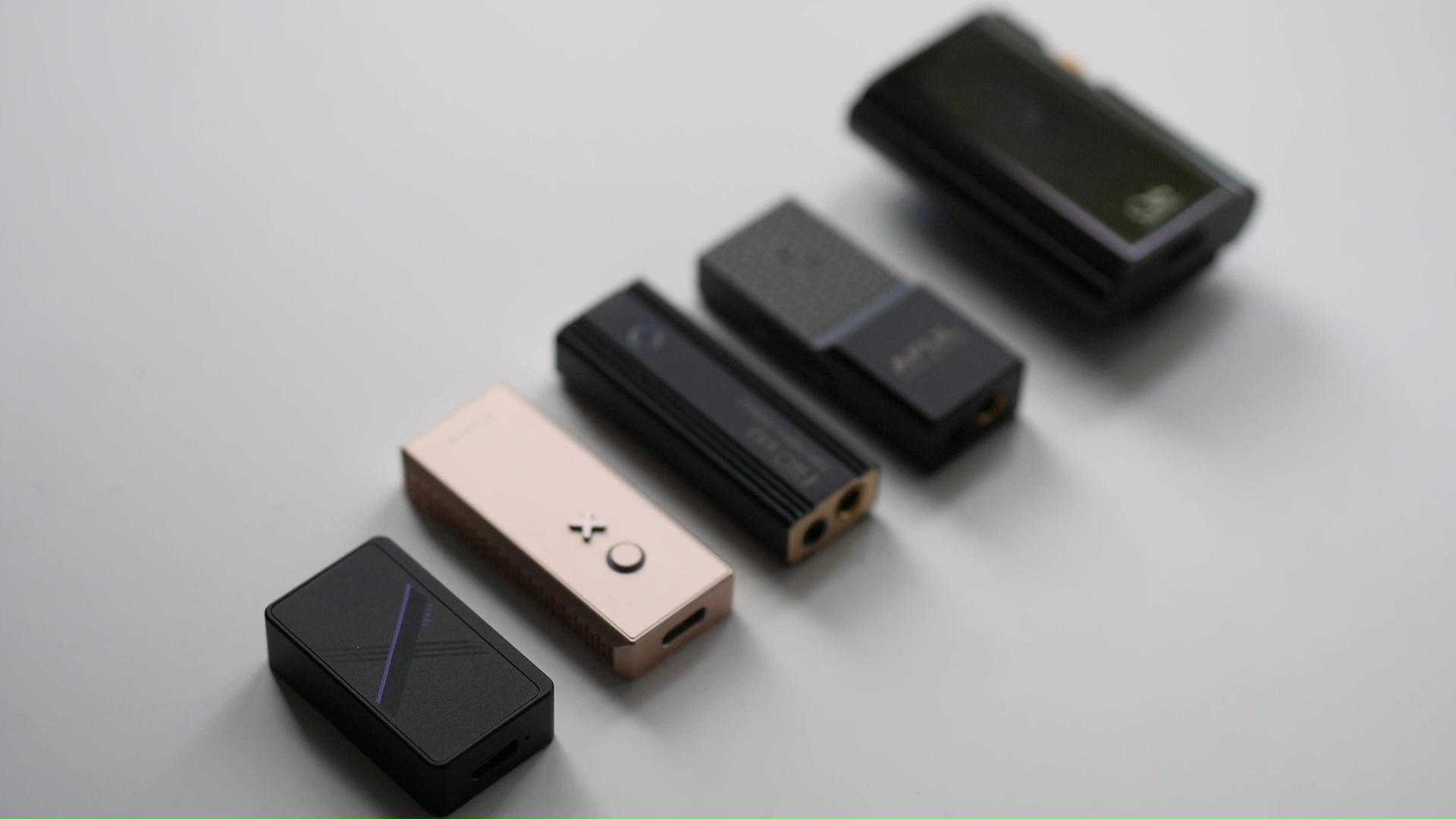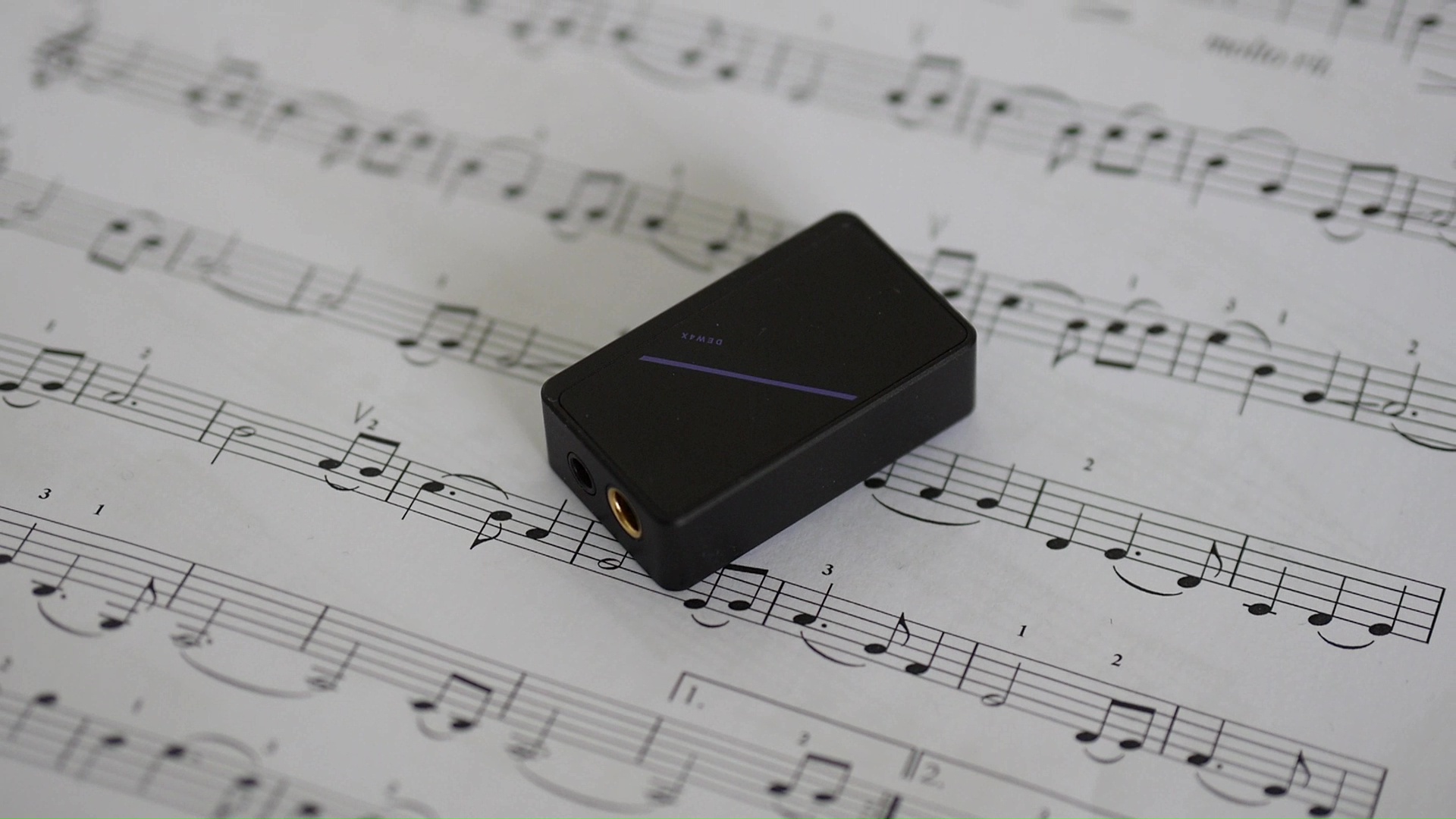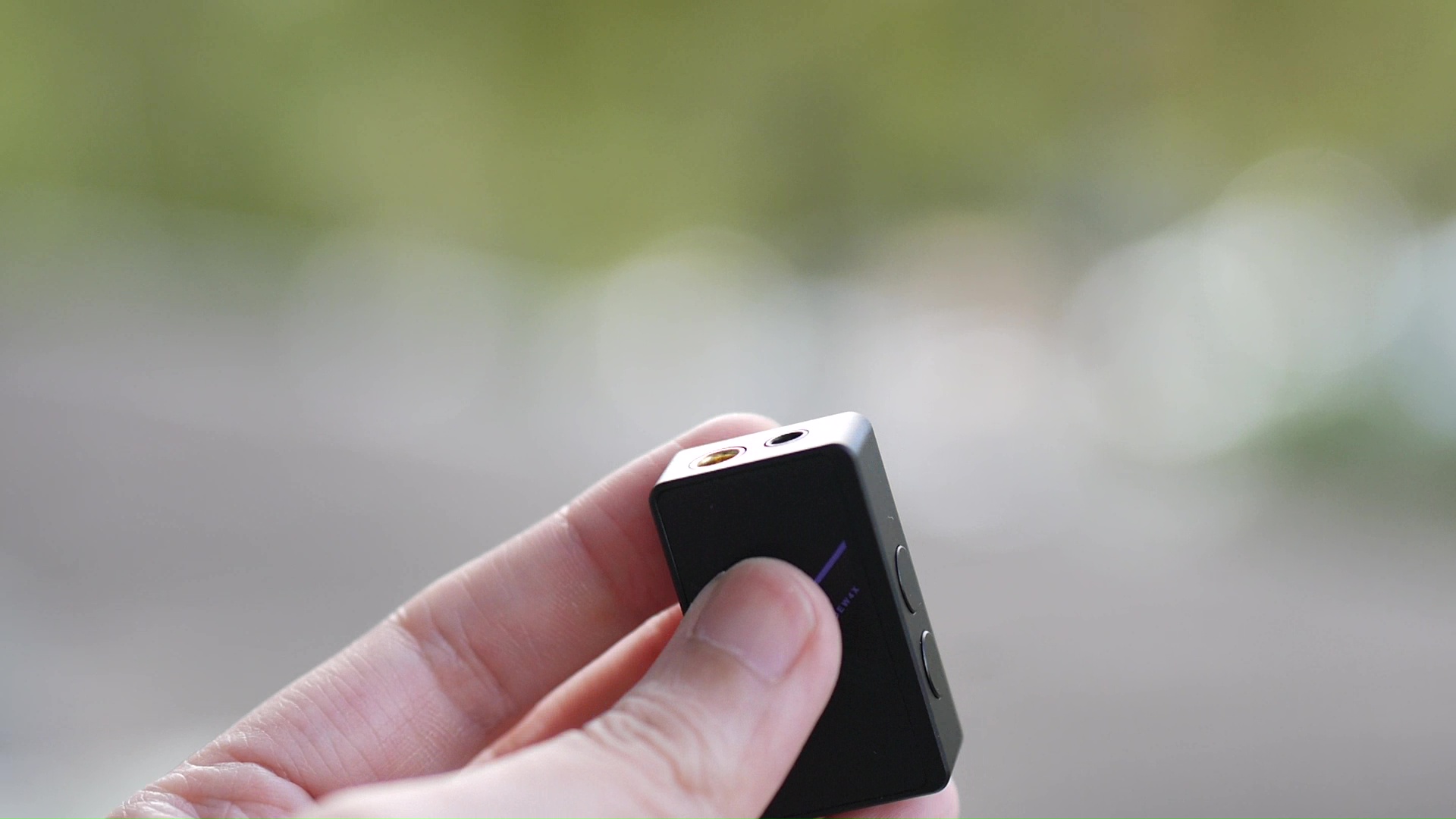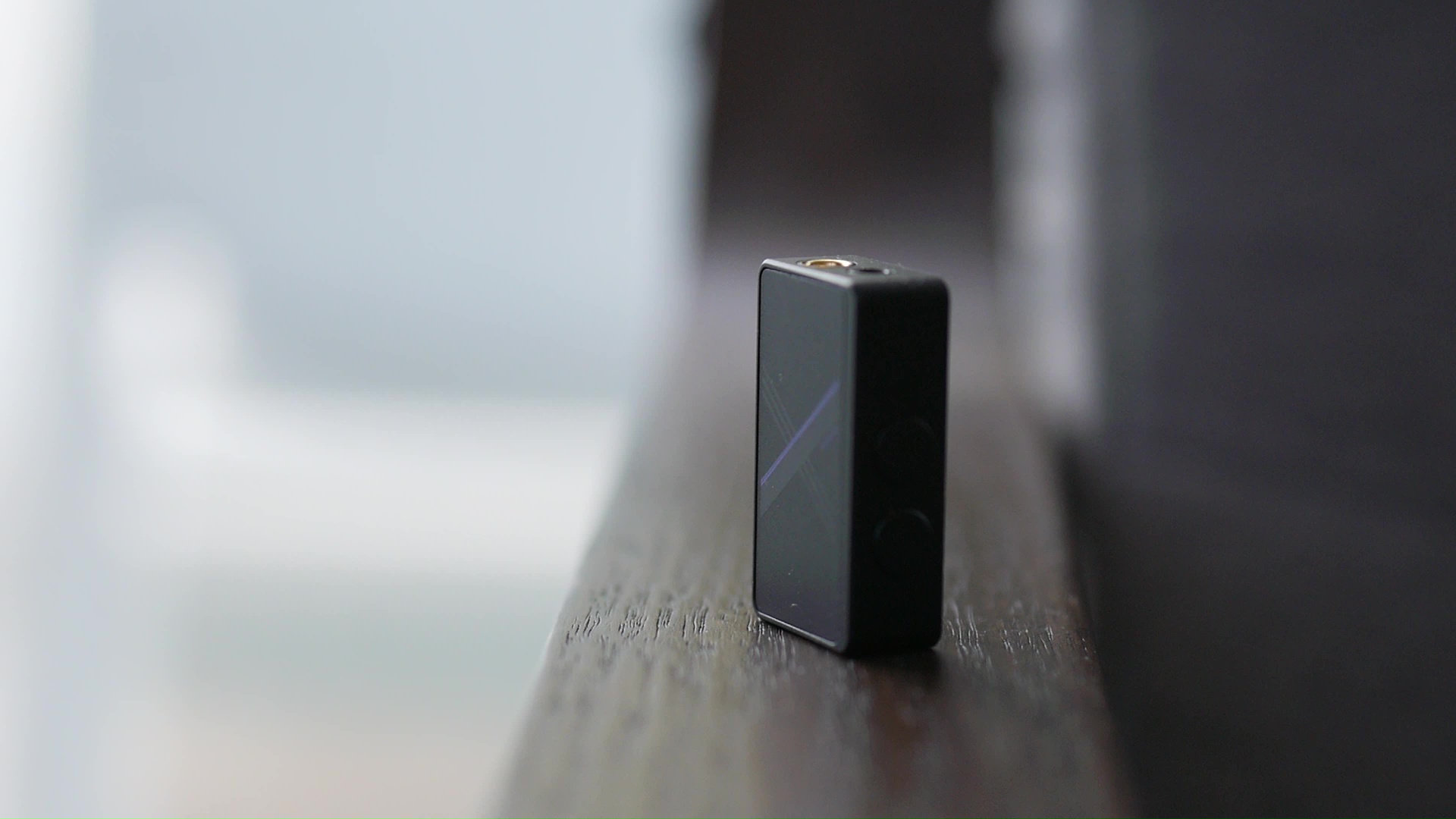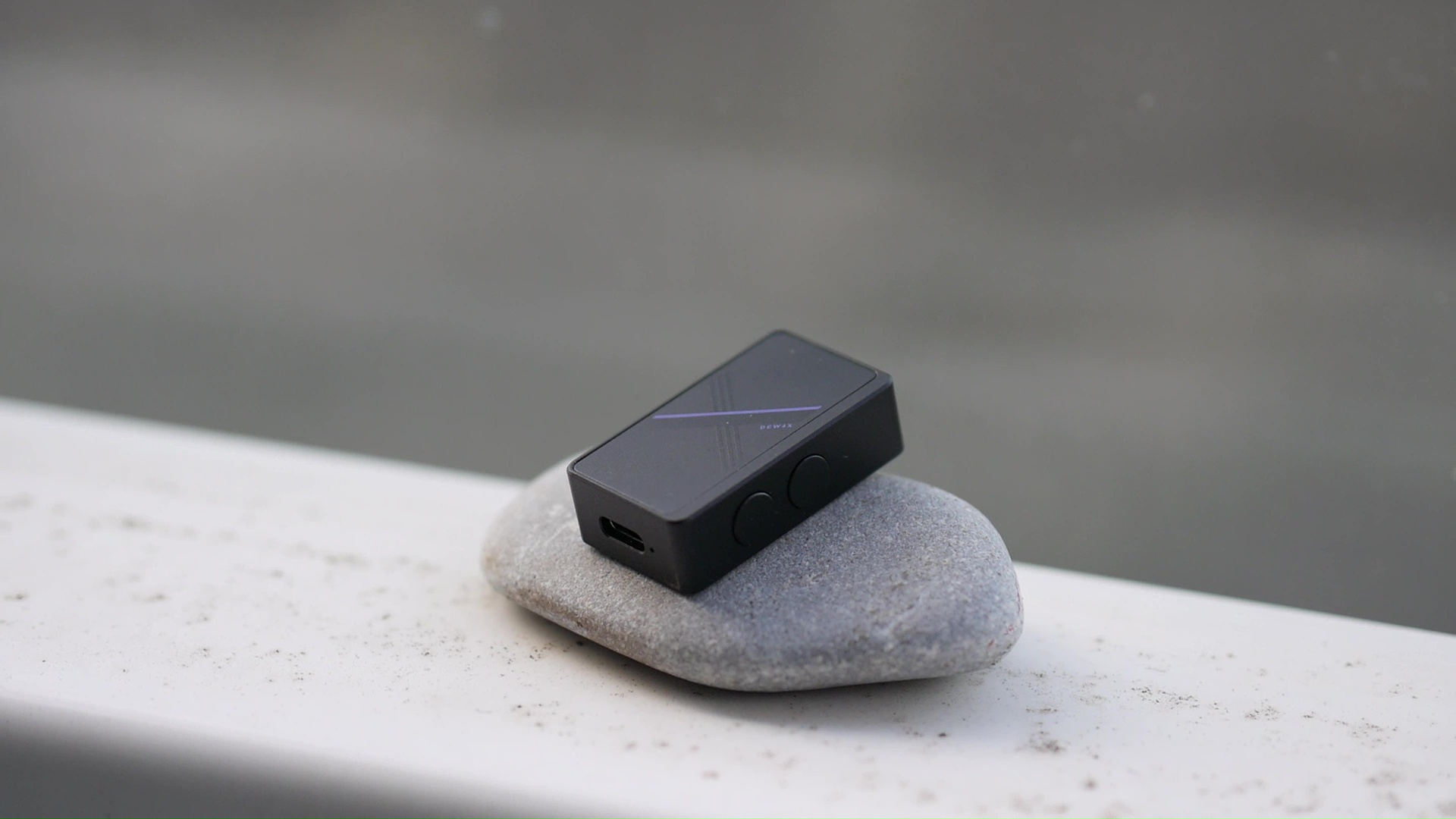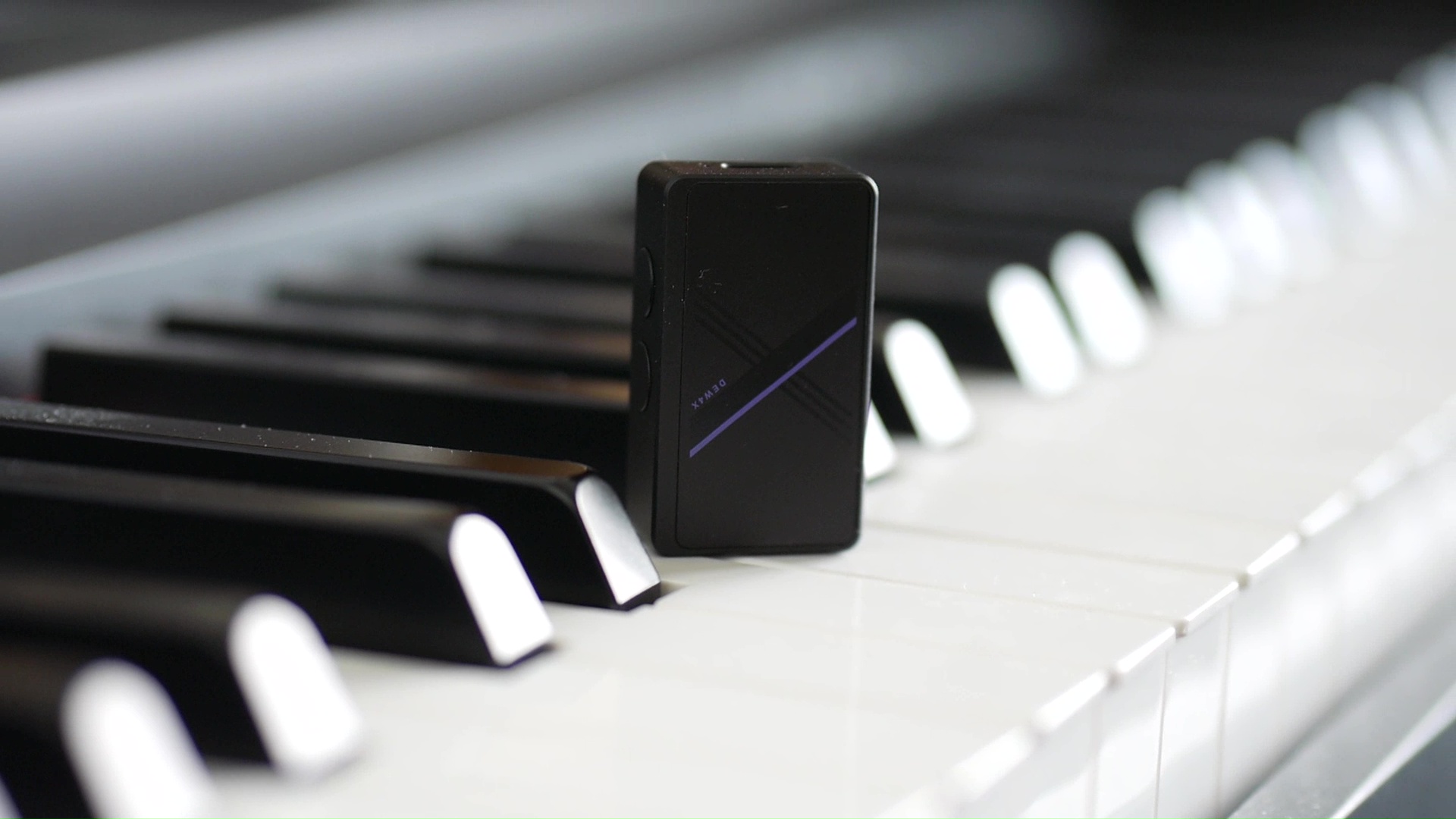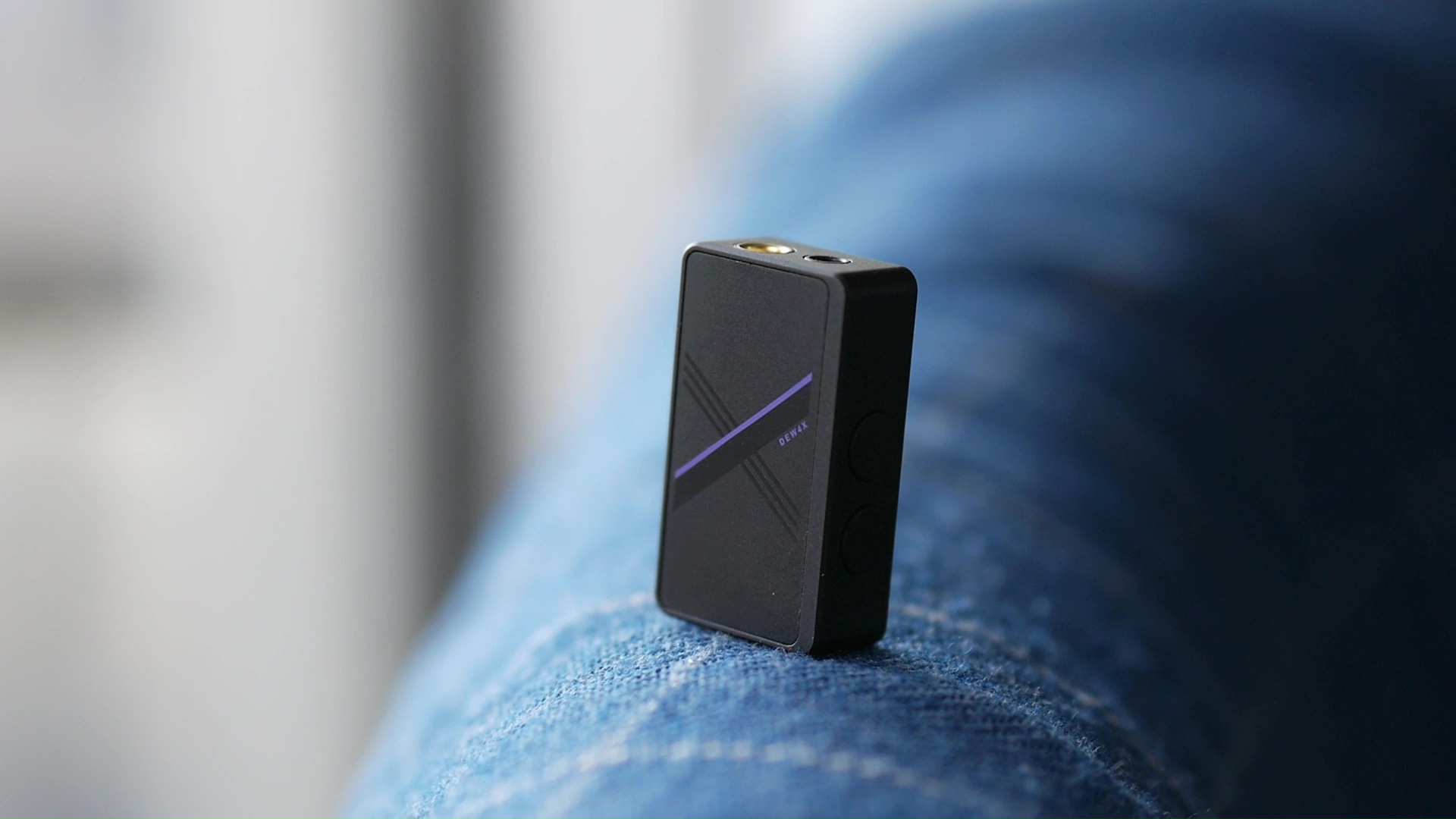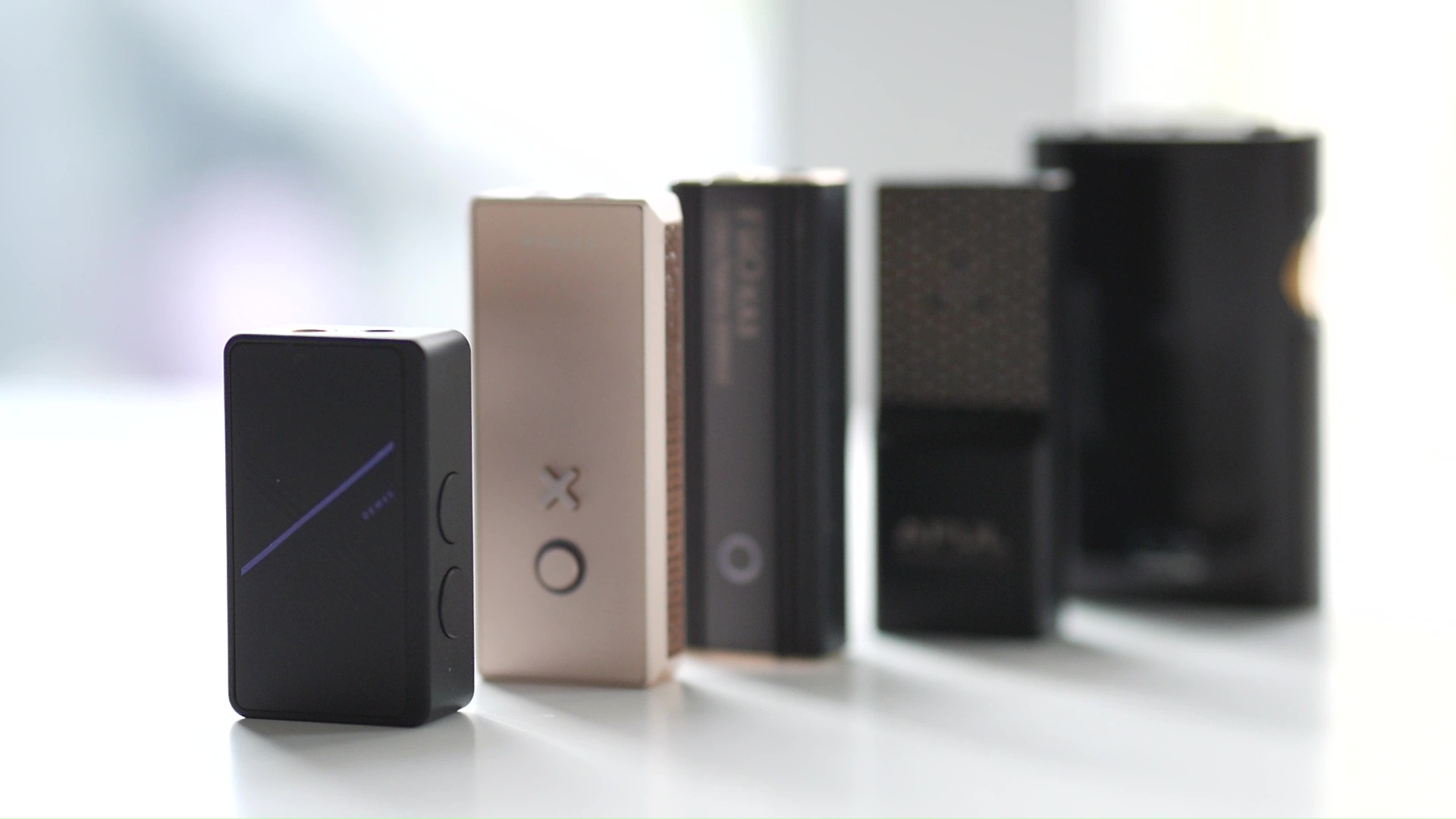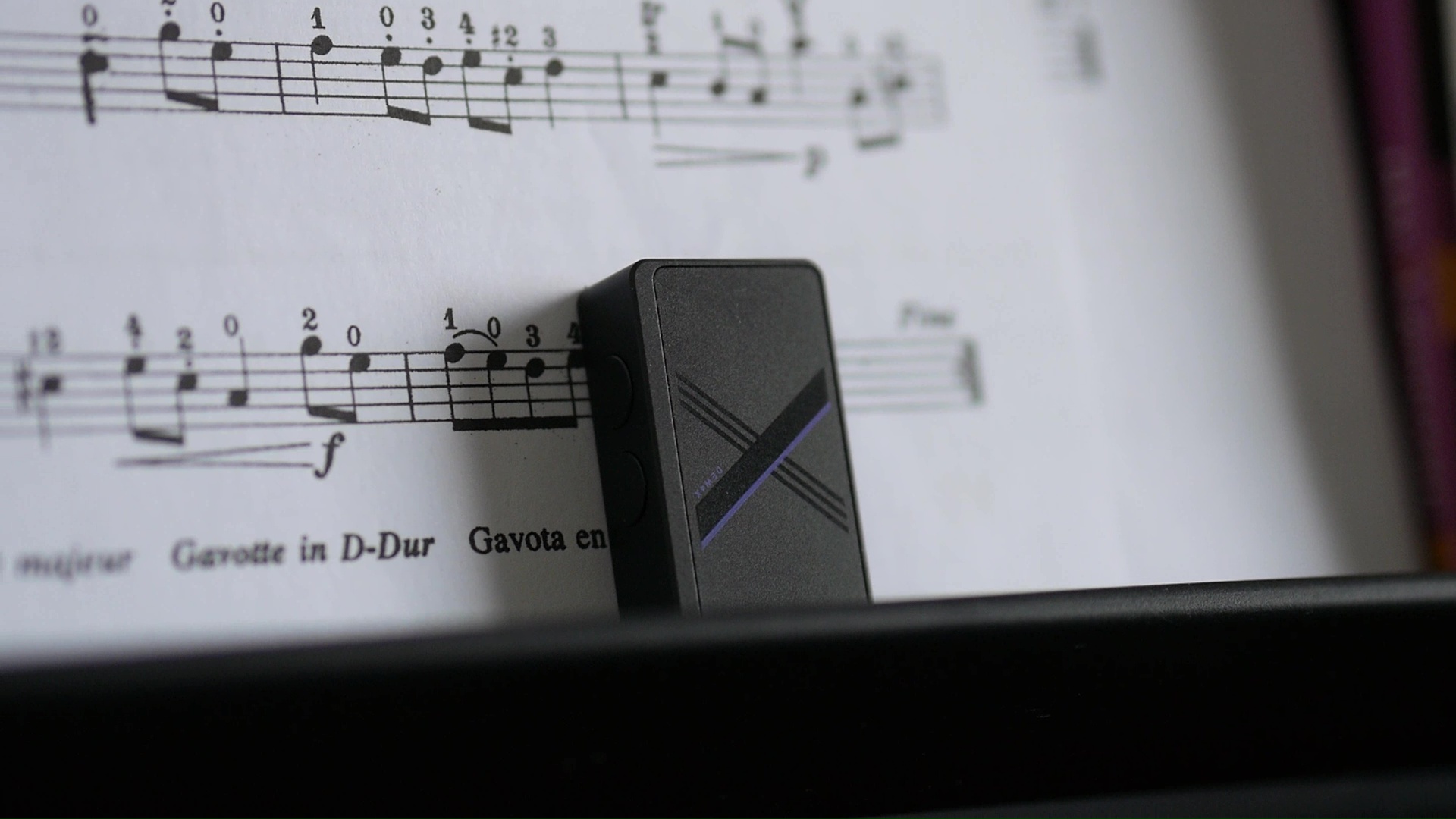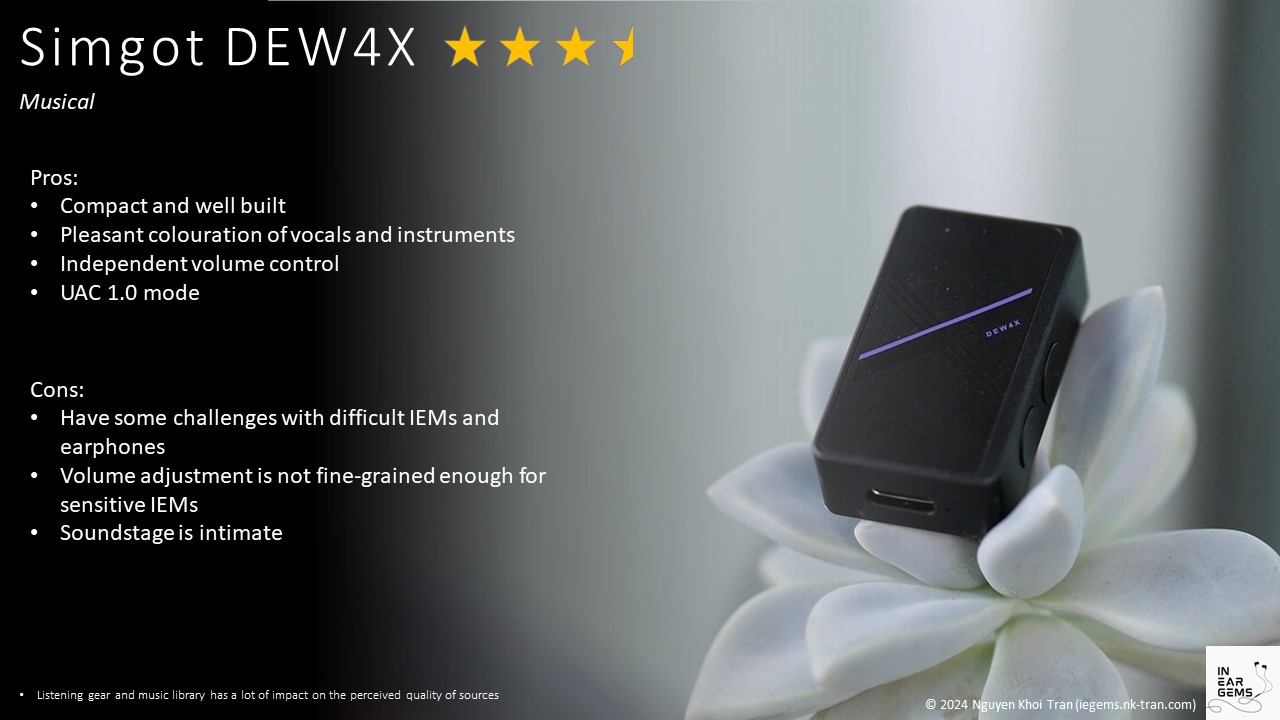Have you observed an interesting pattern in the audio hobby world in recent years?
Any skilful IEM manufacturer would eventually develop electronics to accompany their IEMs. Moondrop was, perhaps, the pioneer of this trend with MOONRIVER2 and has continued with DSP-enabled products ever since. AFUL created Snowy Night to accompany their Magic One IEM. KiwiEars developed the “gamepad dongle” Allegro.
Today, we look at Simgot’s dongle, the DEW4X.
Preambles
- In this review, I use the term “source” to denote a DAC+amp combo for brevity and convenience.
- When I say a source “sounds” a certain way, I talk about the change it makes to my IEMs and earphones.
- What I look for in my listening experience is immersion. I want to feel the orchestra around me, track individual instruments, and hear all of their textures and details. Sources that intensify those characteristics of my IEMs are considered “better”.
- The unit used for this review was a sample provided by Simgot (Thank you!). The unit is retailed for $80 and can be found at most online audio stores.
Specs
- Decoding chip: 2x Cirrus Logic CS43198
- Decoding capability: PCM: 384 kHz/32 bit, DSD
 op 128/Native 256
op 128/Native 256
- Input connector: USB Type-C
- Output connectors: 3.5mm and 4.4mm
- Max output power: 70mW per channel (3.5mm), 150mW per channel (4.4mm)
- Independent volume control
Non-sound Aspects
DEW4X arrived in a simple cardboard box with a prominent “X” logo (is it an official dongle of twitter?). In side the box, you can find the dongle itself, a USB-C cable, and a small adapter to turn the USB-C male connector to a USB-A connector. The cable feels utilitarian and rugged, though a bit stiff.
Moving on to the dongle itself,
I was surprised by how compact it was. It is about 60% the size of a full-sized dongle, such as the luxurious (heh) Luxury & Precision W4. Despite the diminished frame, DEW4X is quite well constructed and finished. It feels dense and is heavier than it looks.
I have but one nitpicking regarding the appearance of DEW4X: I think all the printing on the device is upside down. Let me explain. The volume up button points toward the USB port, meaning the USB port is the “up” direction. Yet, all the prints on the device orient toward the opposite direction. Does it matter in a practical sense? Of course not. But if I can flip the prints around, I would.
Let’s talk about usability. A key advantage of DEW4X is the
independent volume control, meaning you can (should) max out the digital volume on your phone and control the volume directly from the buttons on the dongle itself. This approach has two advantages: (1) avoiding software glitches that randomly max out volume on your phone and blowing out your ears, and (2) providing you a finer control over the loudness of your listening experience.
Simgot set the volume curve of DEW4X such that it ramps up the loudness quickly in the first few steps and then slowly afterward. The logic here is that you can have more fine control in the volume range where most people use. Unfortunately, I found that
the volume ramps up a bit too quickly either because my listening volume is lower than average or my IEMs are more sensitive than the reference IEM used by Simgot.
One of the option is switching to low-gain, which drops the VRMS output by half. You can do so by pressing both volume buttons at the same time. The dongle remembers both the volume and gain setting that you set when you disconnect it. It might simply be psychoacoustic and my inability to volume match precisely, but find the high-gain mode a bit more dynamic and snappy than the low-gain. Still, practicality is above all, so I choose my gain mode depending on the sensitivity of the IEM I pair with DEW4X.
DEW4X has another trick up its sleeve: UAC 1.0 mode. This protocol is necessary is for connecting to gaming consoles like Nintendo Switch. You can activate this mode by holding the volume up button when plugging it to your console or game controller. You have to repeat this step every time connecting to game consoles as DEW4X boots into UAC 2.0 by default.
DEW4X is
an efficient dongle. It does
not get warm in long listening sessions and does not drain battery from the source device extensively. I managed to maintain the multi-day battery of R3II and did not get battery-anxiety when pairing DEW4X with my old iPhone. (Yeah yeah, I know it’s not a scientific test. I’m buying equipments to measure more accurately. Maybe next review.)
Subjective Impressions
Disclaimers: To me, the “sound” of DAC/amp is very difficult to recognize because these devices form the “frame of reference” of our entire listening experience. It’s relatively easy to compare two things (e.g., two IEMs) within the same frame of reference, but how do we know whether our frame of reference is “crooked” (e.g., bright, flat, edgy). When we hear sibilance or 2D soundstage, do we usually blame the IEM or the DAC/amp? Therefore, all the descriptions in this section were synthesised from the differences that I hear when swapping between multiple DAC/amp using many different IEM types and musical genres. You must excuse me for being less specific than my usual IEM reviews due to sheer amount of subjective data gathered.
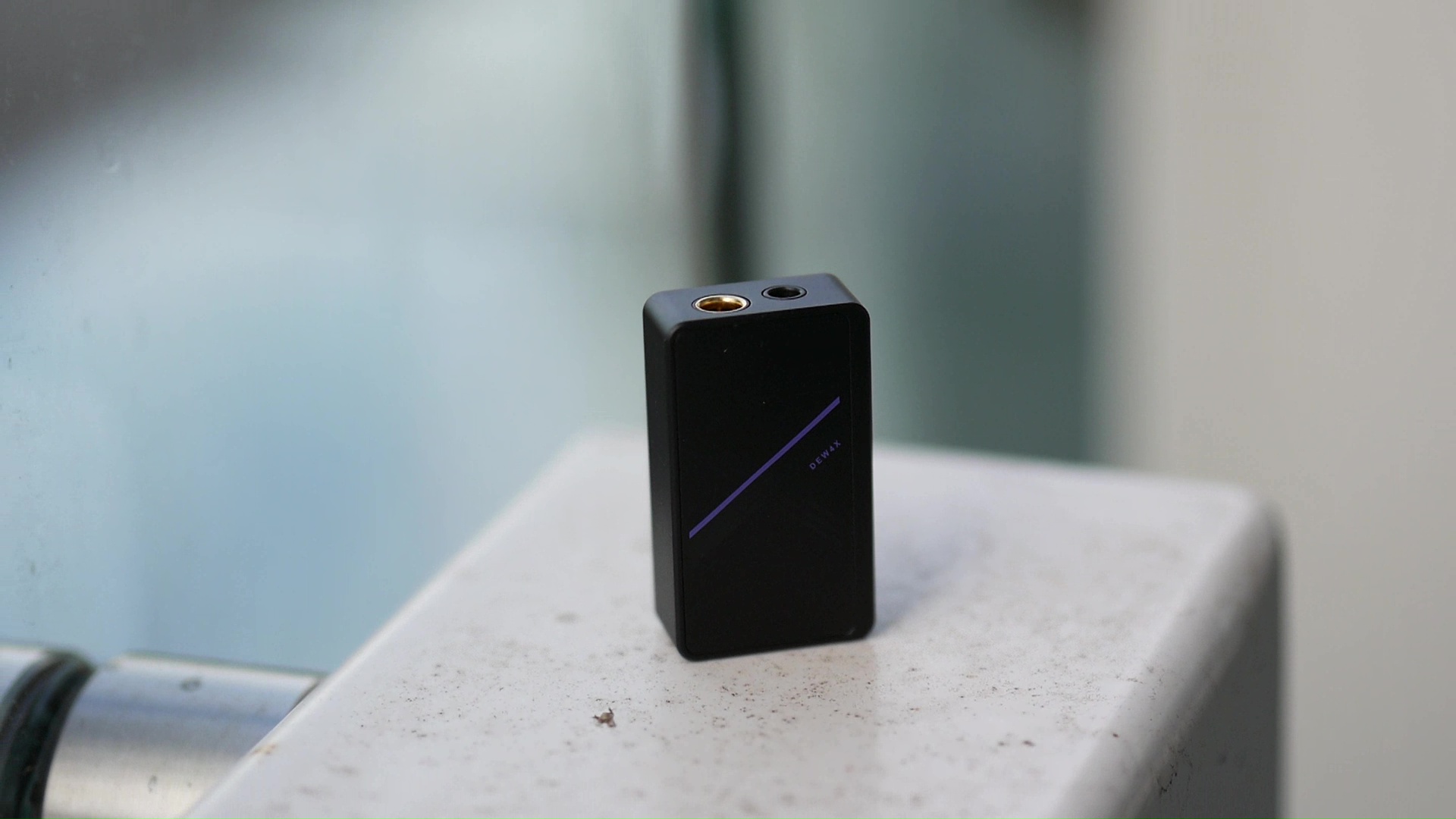
You know, there is one phenomenon that has always baffled me: sonic differences between modern DAC/amp. I’m not talking about the differences between a delta-sigma IC DAC and discrete resistor-ladder (R-2R) DAC or between a solid-state amplifier and a tube amplifier. I’m talking about the differences between DAC/amp devices with excellent linearity, ruler-flat frequency response to 40kHz and beyond, inaudible distortion, and near 0 ohm output impedance. In theory, IEMs should sound exactly the same across all of them, yet in practice, that’s rarely the case. In this difference, one of the fun of our hobby emerges: finding the “synergy” between between DAC/amp and transducers.
Anyhow, I digressed. Let’s talk about DEW4X.
This is one of the more “coloured” dongle that I have had the pleasure to test. It means that it is relatively easy to notice that IEMs sound a bit different when pair with DEW4X, even before careful AB tests with other dongles.
What sorts of difference?
Subjectively, the tonality of DEW4X feels like a gentle EQ has been applied to slightly lift the lower midrange, around 250Hz, and perhaps slightly cut the ”edgy treble” between 8kHz and 12kHz. I used the word “subjectively” because I’m pretty sure that (1) this DAC would measure flat like other well-implemented DAC and (2) Simgot can’t run a digital EQ under-the-hood. So from where does that change come? I have no idea, but it is noticeable and consistent between my listening sessions.
So, how does that change reflect in listening experience?
Firstly, DEW4X makes the
midrange of most IEMs a bit thicker and warmer. It also makes the high notes a bit smoother, less edgy. It makes the music more “musical”, if you excuse this poorly defined terminology. For instance, when I listen to The Last Recordings of John Denver with Simgot EM6L, I found voice of John Denver to be a touch fuller and thus, somehow, evoke a bit more emotional response comparing to my other pairing. Again, the change is subtle, unlike slapping a 3dB peak filter on the signal. But it is appreciable.
The second effect of the tuning of DEW4X is how it changes the soundstage presentation.
I hear a more “condense” stage where most of the foreground elements in a mix (e.g., main vocals, main guitars, drums) are placed more tightly around the phantom center of the soundstage, which is usually a point somewhere inside the head. Due to this presentation, my first impression of DEW4X was that it has a small soundstage. However, it is not really the case. When it comes to the expansion of the stage, meaning how far the background elements like choral sections or reverberation of a concert hall can be pushed away from the foreground, DEW4X does not fall behind its peers such as the AFUL Snowy Night. However, the presentation of DEW4X is noticeably more compact and not as precise as a decent digital audio player (DAP) or a “super dongle” like the L&P W4. This difference was easily discerned with larger soundtracks, such as the OSTs from Ghost of Tsushima and the Elder Scrolls Online.
Due to the characteristics above, I find DEW4X to be
a better matched for IEMs with leaner tonality and more intimate musical genres like singer songwriters. As you might have guessed, the characteristics of DEW4X perfectly complement the thinner and sharper tonal balance of most Simgot IEM, particularly the EM6L.
Before closing the subjective impressions, let’s take a closer look at DEW4X performance with some difficult workloads:
- Campfire Audio Andromeda 2020 (8.74 ohm, 122.47dB/mW) represents an extremely sensitive and notoriously picky IEM. Sonic-wise, I was worried that the warm-ish presentation of this dongle would be too much for the Andromeda, which is already warm and thick. Interestingly, my worry was unfounded as these devices work together quite well, creating a richer and slightly more intimate sound, but without reducing the famous soundstage imaging ability of the Andromeda. I particularly enjoy some baroque concerti from CDs back in 1990s in my library due to how the cellos and contrabass seems to be quite a bit closer, hanging right behind my ears, contrasting against the flutes and violins at the front. As expected from the spec sheet, I did not hear any hissing noises from the DEW4X. My only complain is that the volume adjustment of this dongle is not fine-grained enough for the Andromeda. I frequent ran into the problem where one volume level is too low whilst the one above is too high and had to rely on digital volume adjustment.
- Symphonium Meteor (9.7 ohm@1kHz, 90.9dB/mW@1kHz) represents a hard-to-drive IEM. Even if a source can get these IEMs loud (by providing enough voltage), the overall presentation could be soft, blunted, and congested if the source has problem keeping up with the current demand. Whilst DEW4X does not degrade the sound significantly, it does not present the Meteor at its optimal level either. For example, when I listen to Playing God by Polyphia, I found that the whole soundstage feels tighter, more compact. The bass transients are also not as snappy and satisfying. The difference was quite noticeable when swapping to my desktop setup, the FiiO K7. Even when I push the DEW4X to be noticeably louder, it still cannot spread the stage out nor convey the dynamic as well as the K7. Given that the DEW4X was not behind the K7 in micro detail, I suspect the limitation comes from the amplification stage of the device rather than the DAC.
- TGXear Serratus earbuds (300ohm, unknown sensitivity) represents another class of hard-to-drive gear, the high impedance ones. Similar “scaling” can be observed with these earbuds. Exactly the same situation as with the Meteor was observed with this pairing.
Comparisons and Rating
Vs Apple’s USB-C to 3.5mm adapter (a.k.a., “Apple dongle”):
- The Apple dongle is noticeably outclassed when driving difficult IEMs like Meteor and listening to faster music with strong bass line. Meteor sounds noticeably more intimate and bass notes are softer and blurrier in general.
- The gap between Apple dongle and DEW4X is similar to the gap from DEW4X to a desktop setup.
Vs HiBy R3II:
- The size and expansion of the soundstage of R3II and DEW4X are quite similar, especially when driving difficult IEMs like the Symphonium Meteor.
- The tonality is a bit different. R3II does not have the slightly warmer midrange like the DEW4X. On other hand, R3II’s treble response is crisper and more present.
Vs AFUL Snowy Night:
- The tonal difference between these devices are rather jarring, especially in back to back AB tests. Your preference and your choice of IEM might push you towards the neutral tuning of Snowy Night or the coloured tuning of the DEW4X.
- Snowy Night is more “effortless” when it comes to soundstage expansion and dynamic, especially when driving difficult IEMs.
- The detail retrieval and instrument separation (together creating the “resolution”) of these devices are mostly identical.
- The volume steps of Snowy Night is more fine-grained, making it more suitable for sensitive IEMs than the DEW4X.
Conclusion
With DEW4X, I can see that Simgot brings something different to the USB DAC/amp market with the pleasant and tasteful colouration applied to the midrange tonality. Such colouration is particularly relevant in an IEM market that increasingly converges to a Harman-like sound signature with thinner and brighter midrange. If you own a Simgot IEM, this dongle should be high on your list. If you are after a warmer midrange presentation without extending your budget for some fancy discrete R2R DAC/amp, DEW4X is also viable option.
What I like about this device:
- Compact and well built
- Pleasant colouration of vocals and instruments
- Independent volume control
- UAC 1.0 mode
What could be improved:
- Have some challenges with difficult IEMs and earphones
- Volume adjustment is not fine-grained enough for sensitive IEMs
- Soundstage is intimate
Absolute Sonic Quality Rating: 3.5/5 - Very Good
Bias Score: 4/5 - I like this device.
Updated: April 17, 2024
























